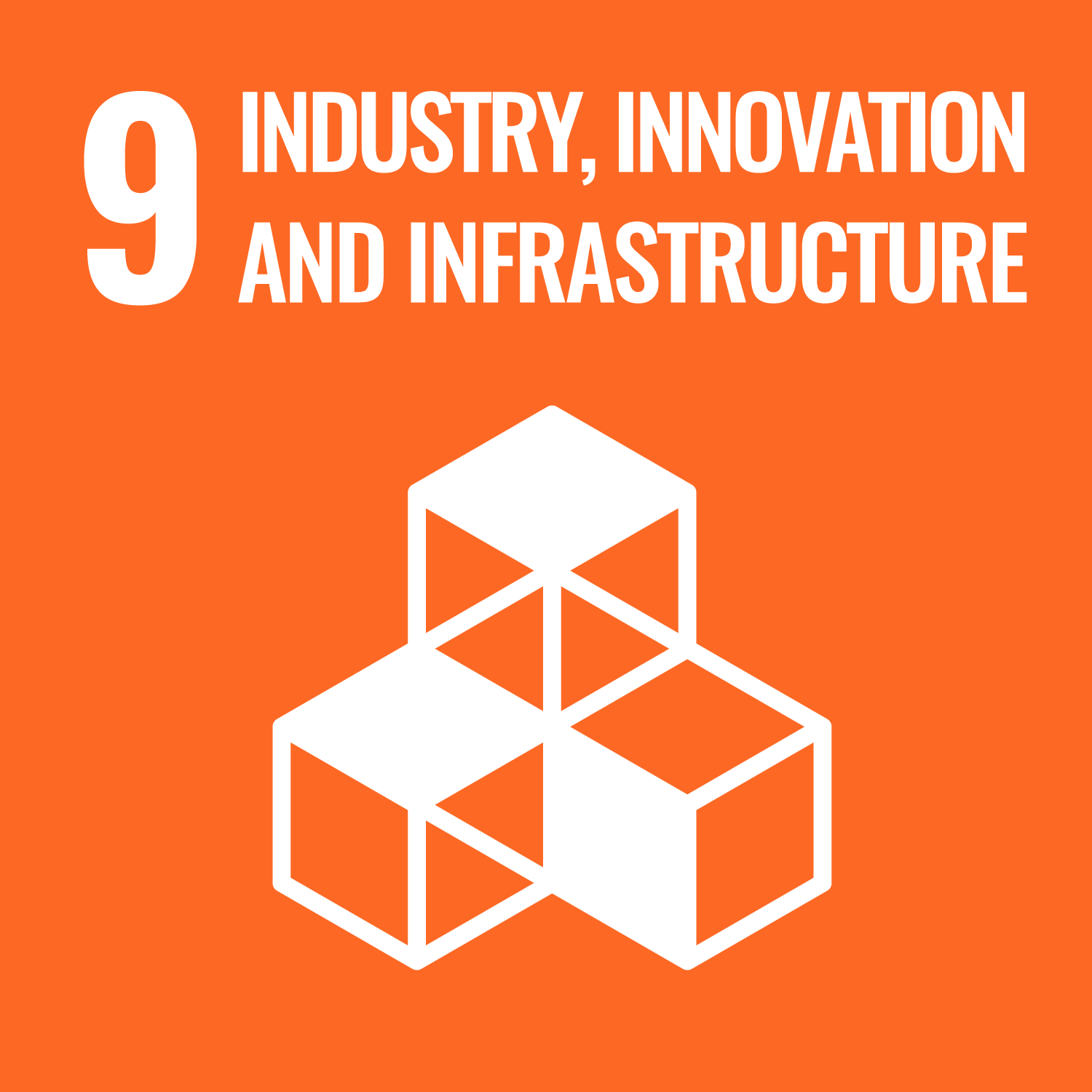Abstract
Building on conceptual frameworks to assess community resilience developed by Emery and Flora (2006) and Kelly et al. (2015), this study analyses the resilience of Hu village (Sichuan, China). The resilience of the village is assessed in the face of multiple and complex slow- and fast onset anthropogenic disturbances, especially the impacts of globalisation and modernisation, which have substantially transformed Chinese society. Hu village is typical for a rural community in transition affected by industrialisation, deagrarianisation, counter-urbanisation and changing stakeholder expectations and opportunities. This has been accompanied by agricultural depopulation, outmigration, increasing non-farm employment, declining agricultural incomes, and associated social and psychological changes – processes that have decreased community resilience. Overall, Hu village emerges as only moderately resilient with tendencies for a further weakening of resilience. While economic, social and cultural domains are (still) moderately resilient, the natural and political domains show weak resilience. Building on critical studies of Chinese rural areas (e.g. Ye and He, 2008; He, 2010; Huang et al., 2010) the study concludes by arguing that Chinese government policies need to be substantially realigned if the resilience of rural communities such as Hu village is to be improved.
DOI Link
Publication Date
2018-01-01
Publication Title
Journal of Rural Studies
Volume
60
ISSN
0743-0167
Acceptance Date
2018-03-24
Embargo Period
2019-10-09
First Page
130
Last Page
140
Recommended Citation
Wilson, G., Hu, Z., & Rahman, S. (2018) 'Community resilience in rural China: the case of Hu Village, Sichuan Province', Journal of Rural Studies, 60, pp. 130-140. Available at: 10.1016/j.jrurstud.2018.03.016


